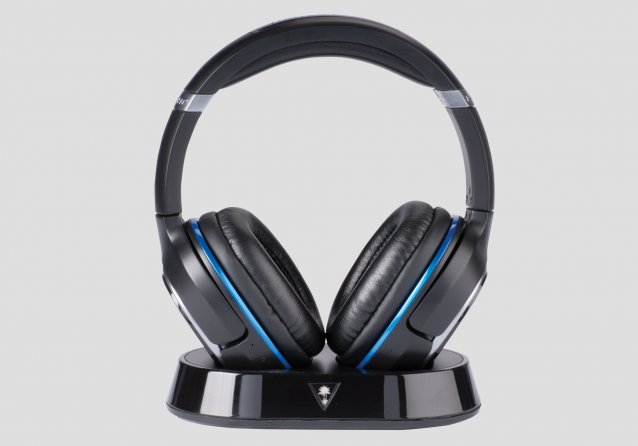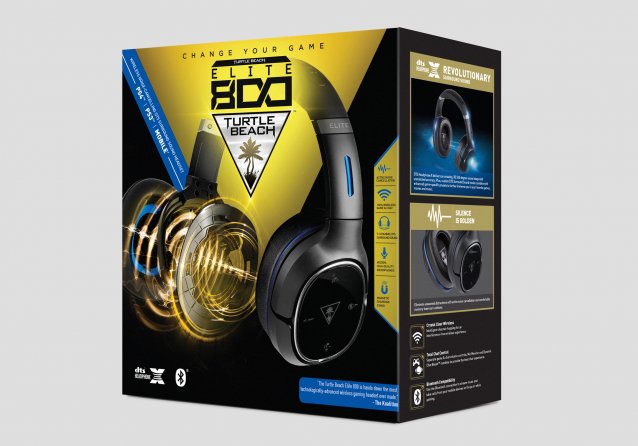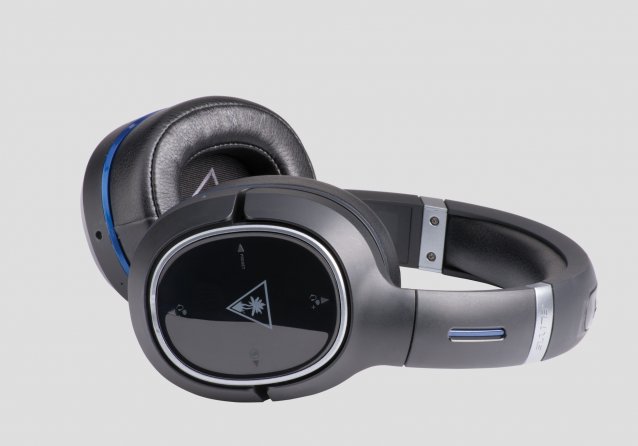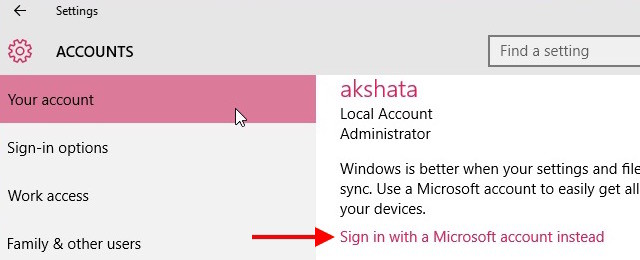


Turtle Beach's Elite 800 gaming headset is a high-tech piece of gadgetry. It demands a high price too, asking $300 for its wireless freedom, magnetic charging stand, virtual 7.1 surround (provided by DTS Headphone:X), hefty selection of customizable audio presets, multiplatform capabilities, and of course its attractive fit and finish. That list of features is appealing, but does its sound quality match its price? Let's open up the box and find out.
The Elite 800's components ship in clinical, sturdy packaging. Inside you're greeted with two "Welcome to Elite" cards that extol the benefits of registering for their Elite program, such as an extended warranty, phone service, exclusive store offers, a t-shirt, a set of speaker plates, and more. Membership is for free with the purchase of the headset. Paperwork concludes with a quick-start guide, reference guide, customer support sheet, and large sticker.

The wireless transmitter and cables rest inside their own individually wrapped boxes. The transmitter also acts as a magnetic charging stand for the headset. Setup isn't difficult, USB and optical cables connect the stand to your PS3, PS4, or PC, but you do need to follow instructions for specific audio and chat settings. If you want to use the Elite 800 with your mobile devices, Xbox One, or just not deal with the transmitter at all, a 3.5mm to 3.5mm cable is included. That connection allows it to run on pretty much everything, though only under its stereo modes.
The headset itself is sleek, a mix of strong black plastic, silver joints, and accentuated with blue lines around the earcups. Dual microphones are hidden inside while still affording a clean transmission of the wearer's voice. The headband is supported with soft rubber capable of withstanding a fair amount of applied pressure. But the accessible controls on the back plates of the earcups are what give the Elite 800 its modern edge. Each plate houses four touch buttons and several more actions depending on whether they're held or pressed. The left earcup manages game volume, bluetooth, power, and active noise cancellation. The right is responsible for party chat volume, muting the microphone, and cycling audio and microphone presets.
If you have access to a PC, presets can be customized through the Ear Force Audio hub software. There are four categories to cycle through on the Elite 800: Game, Movie, Music, and Stereo. Each can hold six different settings. The available options don't cover a huge list of games, but I still welcome the ability to swap and save my own selections from Dance to Superhuman Hearing.
Remembering where all those buttons are takes some getting used to, and their high sensitivity didn't make it any easier. The unit would occasionally turn on just by picking it up. A gust of air or vengeful spirits of the damned might have done the same thing while I was out of the room. Furthermore, the glossy surface of the earcup plates make them fingerprint magnets.

And as nice as it looks, style can't overcome its uncomfortable pressure. The thick memory foam of the headband and earcups didn't do enough to alleviate the squeeze to my ear lobes. After fifteen minutes I was squirming. After two hours I was ready for a masseuse at an expensive French parlor.
The Elite 800 does deliver on other core promises. Its DTS Headphone:X presets created exceptionally accurate positioning. It passed the blind test with a perfect score, with every cue easily distinguished no matter the direction, whereas other virtual surround headsets had trouble separating the front and rear channels. It was equally nice not worrying about my own positioning due to its capable wireless signal. Audio came in clear even when transitioning through other rooms.
None of that comes at a cost to battery life. During my own marathons, six hours of heavy use would go by without any alerts to give it juice. Turtle Beach's own estimates claim it could go another nine. Impressive.
Its surround sound presets gave it a hollow signature, however. The worlds about me felt distant and lifeless as a result. Using the 50mm drivers purely as a stereo source helped greatly to bring forth its pleasant qualities - good mids and thumping bass - rather than hide them on a horizon. Powering the headset externally through the 3.5mm cable made it sound even better, and had the additional effect of removing the static white noise I experienced when it operated on its own battery. But I shouldn't have to disable the main features of a $300 headset just to get it to perform as good as an $80 pair.
Sharp curves. Independent. Enough vigor to stay rooted to the dance floor. Turtle Beach's Elite 800 headset seemed like an exciting paramour. Sadly, it tripped over its feet where it counted most. And with $300 on the line, well, it may be worth finding a better partner.
Turtle Beach provided us with a unit for the purpose of this review.




 5 lessons that Batman Arkham Knight can learn from Arkham Origins
5 lessons that Batman Arkham Knight can learn from Arkham Origins Create a Microsoft Account on Windows 10 Using Gmail or Yahoo!
Create a Microsoft Account on Windows 10 Using Gmail or Yahoo! The Witcher 3 Guide: How to find Places of Power in White Orchard
The Witcher 3 Guide: How to find Places of Power in White Orchard 6 Awesome Books by YouTubers Actually Worth Reading
6 Awesome Books by YouTubers Actually Worth Reading Ace Combat: Assault Horizon Walkthrough
Ace Combat: Assault Horizon Walkthrough